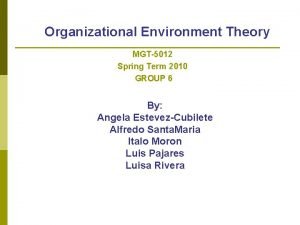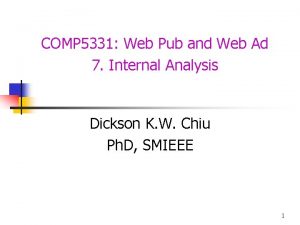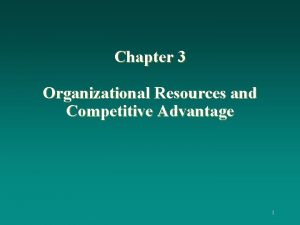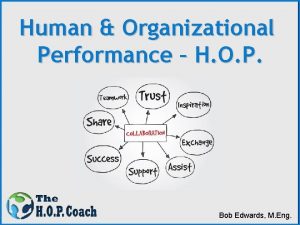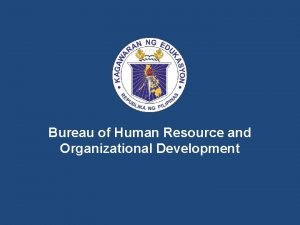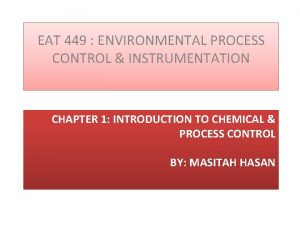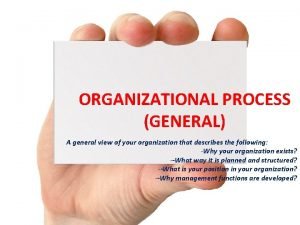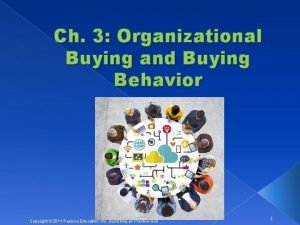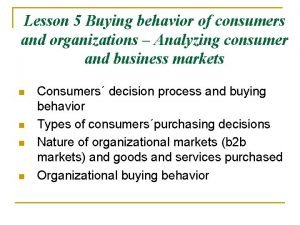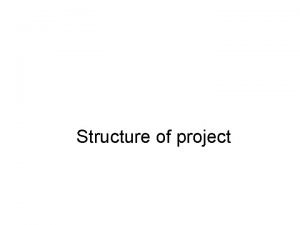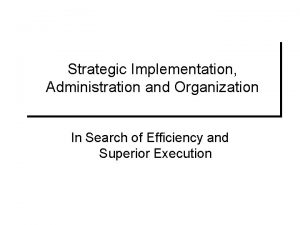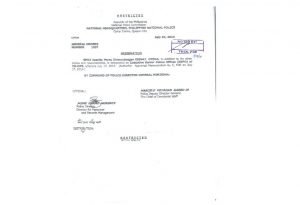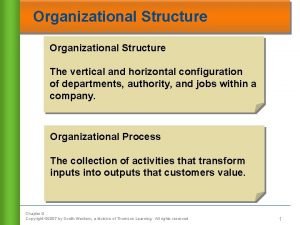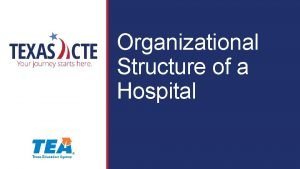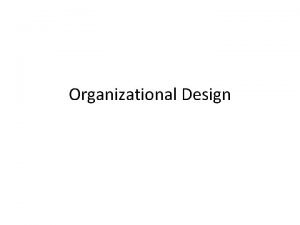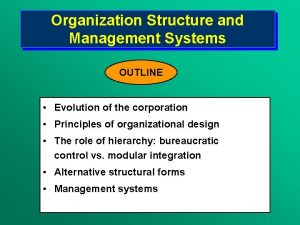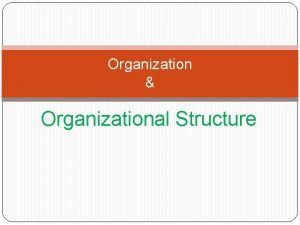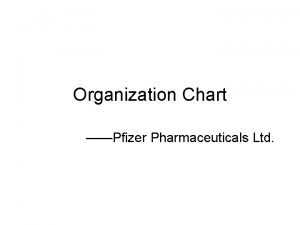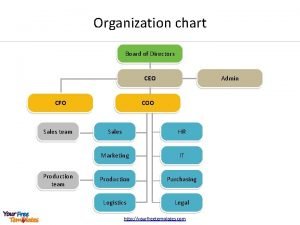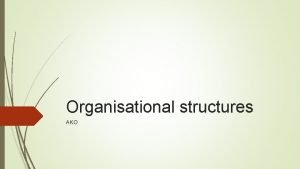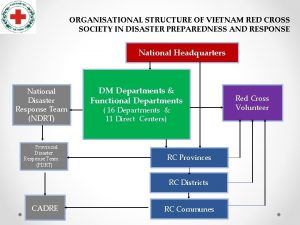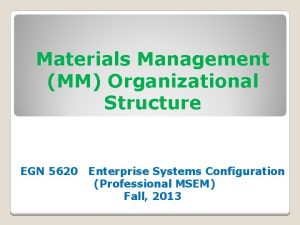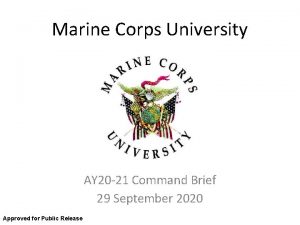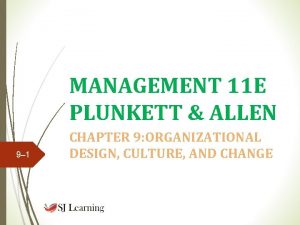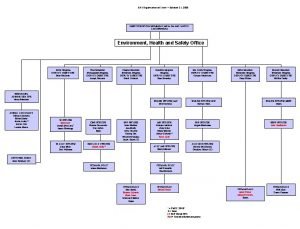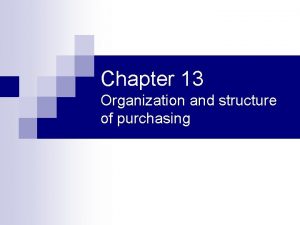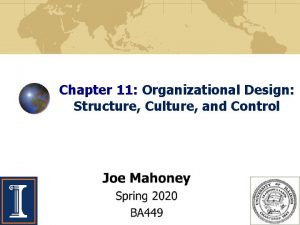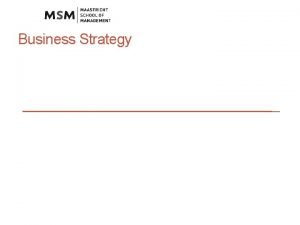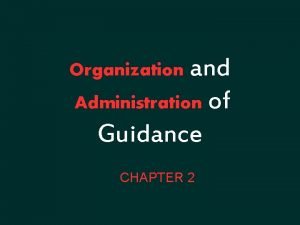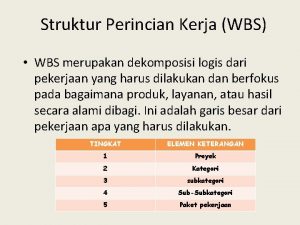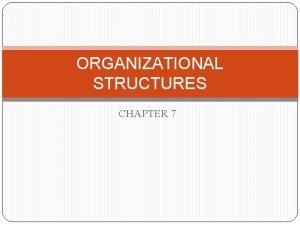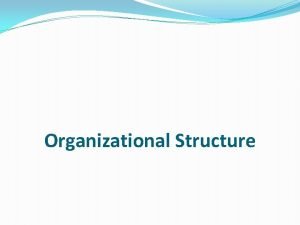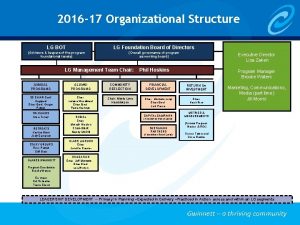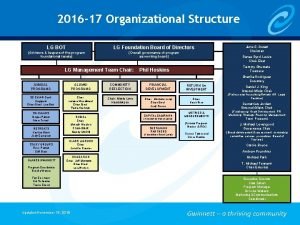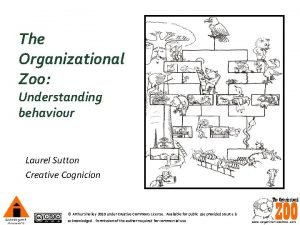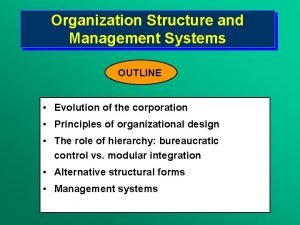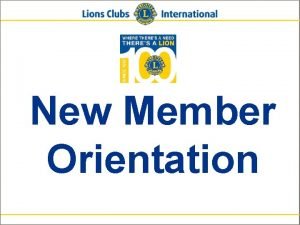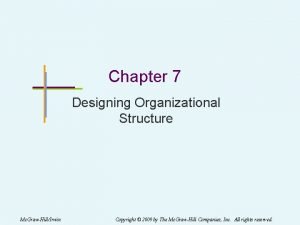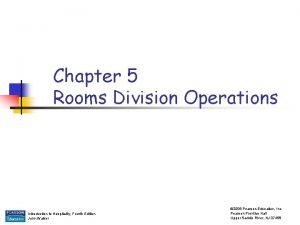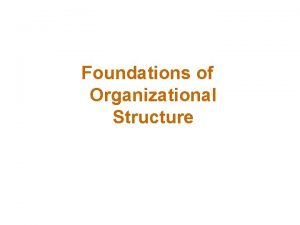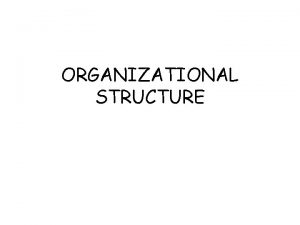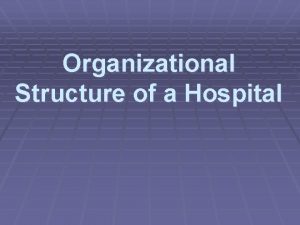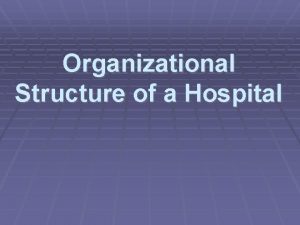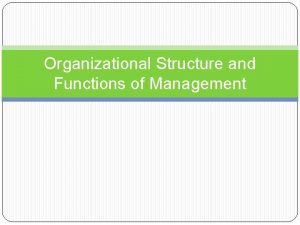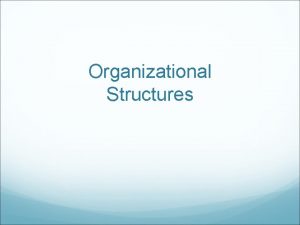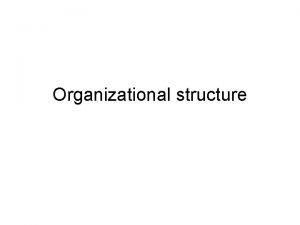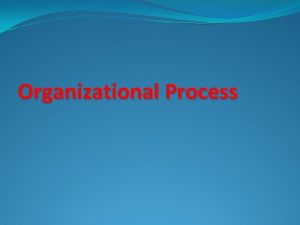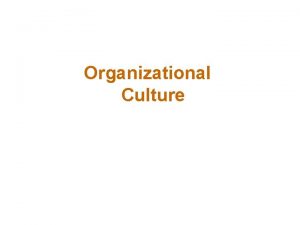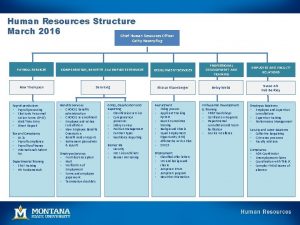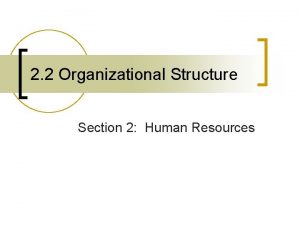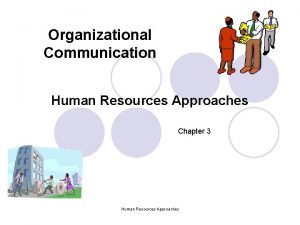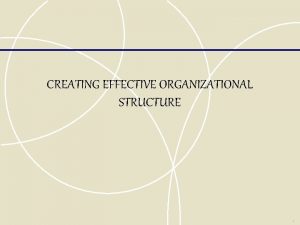Process Structure Human Resources Environmental Resources Organizational Resources





































































































- Slides: 101







����� Process Structure • Human Resources • • Environmental Resources • Organizational Resources • Physical Resources • Standards of Practice Activities Interventions Outcome • • • Physical Health Status Mental Health Status Social & Physical Function Health Attitudes/knowledge/b ehavior Utilization of Professional Health resources Patient’s Perception of Quality Care (Donabedian in Hodges et al. , 1994)


* ���������� ������������ / “Safe Staffing Saves Lives” ������� (Glovannetti, 1978; Mc. Gillis (ICN, 2006)Hall, 2005)

Relationship Between Nurse Staffing and Patient Outcomes • Patient mortality increased 7% for every additional patient that is added to the average nurse’s workload. • A hospital with an average patientper-nurse ratio of 8: 1 has a 31% higher mortality rate than a hospital with a ratio of 4: 1. JAMA, October 23/30, 2002, 1987 -1993

Did you know…? Facts of Safe Staffing • Research found that fewer nurses at night was linked to an increased risk for specific postoperative pulmonary complications, higher fall rates and lower patient satisfaction levels with pain management. Health Affairs, May-June, 2001, 43 -53

A richer registered nurse skill mix leads to • lower patient morbidity and mortality , • reduced incidences of adverse events, shorter hospital lengths of stay , • higher patient satisfaction. Health Affairs, May-June, 2001, 43 -53

A cross sectional analysis of medical and surgical patients : a higher proportion of hours of care per day and a greater number of hours of care by RNs per day a shorter length of stay, lower rates of UTI, upper GI bleed, pneumonia, shock and cardiac arrest· Health Affairs, May-June, 2001, 43 -53


Safe Staffing ������������ ������������� (The North Carolina Nurses Association, 2005 Cited in ICN, 2006)





Case Method Primary Nursing Function al Method Team Method

Case Method • Earliest form of nursing care • Develop a sense of trust • One-to-one basis • Response for her shift only • As the vehicle for teaching patient care to student • .

Functional Method • One man for one task • Attention to quantity more than quality • No continuity of care • The whole was fractured into parts. • Dehumanized patient care

Team Method • Start during WW II • Acute nursing shortages • Care is assigned by team leader and provided by one or more team members • Team leader. . super woman

Case Method Functio nal Method Team Method

Nurse’s needs for a sense of success with care, daily growth. Autonomy, Authority &Accountability.

Nursing Goal Holistic Nursing Care


������ (Holistic Nursing) Person-centered Care

Holistic Nursing Approach Providing total biopsycho-social care

Primary Nursing arted at 1970 My nurse-My patient

Primary Nurse A Triple Nurse • Autonomy • Accountability • Authority


Primary Nursing • Person centered care • Accountability of patient care • Continuity of patient care • Comprehensive of patient care • Mobilize resource for patient care • Nursing staff development

Primary Nursing System Improve Quality of Care






APNs (ANA, 1996) • manifest a high level of expertise in the assessment, diagnosis, and treatment of the complex responses of individuals, families, or communities to actual or potential health problems, prevention of illness and injury, maintenance of wellness, and provision of comfort.

APNs (ANA, 1996) • has a master’s education concentrating in a specific area of advanced nursing practice • the difference in practice related to a greater depth and broadth of knowledge, a greater degree of synthesis of data, and complexity of skills and intervention.

APN : CNS & NP

Clinical Nurse Specialist : CNS • specialist in nursing practice • a role of master’s prepare expert nurse • developed in response to a perceived need to improve nursing care during a period of rapid knowledge and technology growth

• practice as expert clinician, educator, consultant, change agent, researcher and as collaborator in the inpatient setting. • traditionally practiced in the acute care setting

Nurse Practitioner : NP • a registered nurse with clinical expertise in …. . . Nursing: (Family NP, Community NP) • received master’s preparation program ,

Nurse Practitioner : NP • is responsible for assessment and management of patients, including diagnostic, treatment and prevention. • typically functioned in the outpatient setting and community

Competencies of APNs • Expert clinical practice • Teaching, coaching, guidance skills adaptable to individuals, families, or groups • Consultation • Clinical leadership • Change agent

Competencies of APNs • Evidence-based practice • Conduct Clinical Research • Collaboration (Intra-Inter -multidisciplinary( • Ethical decision making • Evaluation of outcomes • Quality assurance


Knowledge-Based Society







)Center for Advanced Nursing Practice, 2000( Evidence-Based Practice. 4 Evidence-based. 3 Evidence-observed. 2 Evidence-supported. 1 Evidence-triggered

. 1 Evidence-triggered • Practice triggers • Knowledge triggers Describe problem of practice

. 2 Evidence-supported Evidence summation • guideline , • case exemplars , • best practice , • research findings Synthesis available evidence and desire outcome

. 3 Evidence-observed • Pilot study • Product evaluation/ outcome measurement • Cost/benefit analysis Determine relevance in setting

. 4 Evidence-based • Best practice established • Contribution to advances in professional practice • Outcome improvement • Cost/benefit analysis Evaluate impact on systems improvement

Evidence-Based Practice. 4 Evidence-based. 3 Evidence-observed. 2 Evidence-supported. 1 Evidence-triggered )From Center for Advanced Nursing Practice, 2000(

Nursing Outcomes Evidence-Based Nursing Practice




The seven Domains of Outcomes • Physiologic outcomes • Psychosocial outcomes • Functional status • Knowledge • Symptom control • Patient satisfaction • Cost and resource utilization Lang & Marek, 1992

Identify Improvement Opportunity Measure Outcomes Research-Based Process Implement Assess Contributors Develop Enhancement Continuous Quality Improvement of Clinical Practice.

PHASE II n o i is v e R PHASE IV PHASE III Wo. Jner, 2001 Outcome management model

Phase I. Describing population • • Identify intermediate outcomes Identify long-term outcomes Select instruments for longitudinal study Identify untoward intermediate outcomes Identify variances Identify other significant variables Create population database

Phase II. Practice Standardization for Analytic Research • Review Tradition Practice • Review Literature • Conduct Market Survey • Negotiate Practice Standards • Create or Revise Structured Care Methodologies • Complete Practice Standardization

Phase III: Process Implementation Implement Practice Standards Role Model New Practice Collect Data / Assess Reliability

Phase IV: Interdisciplinary Analysis Conduct Interdisciplinary Data Analysis Identify Opportunities for Revision of Standardized Practices Generate New Research Questions/ Hypotheses

PHASE II n o i is v e R PHASE IV PHASE III Outcome management model

Outcomes Measurement Outcomes Research

Outcome Research • Collection and reporting of data that can be used to compare the quality of care delivered by individual providers, or types of organizations, or systems. ) ศร รตนบลล จ รตม , 2547)

Objectives • Monitoring quality of providers • Providers provide highest quality care at the lowest cost • Identifying of low quality providers to improve quality

The cycle of outcome research • Knowledge generation • Dissemination of findings • Utilize of findings in practice

������ Process Structure • Human Resources • • Environmental Resources • Organizational Resources • Physical Resources • Standards of Practice Activities Interventions Outcome • • • Physical Health Status Mental Health Status Social & Physical Function Health Attitudes/knowledge/b ehavior Utilization of Professional Health resources Patient’s Perception of Quality Care (Donabedian in Hodges et al. , 1994)

Case Management Versus Outcomes Management Quality of Care What are they


Charge Nurse Physician &others Primary nurse Patient Associate nurses Hospital resources







Care Map u��� Clinical Pathway ����������


Case Management • is concerned with the case-bycase delivery of patient care by providers, combined with processes such as utilization review/ management, D/C planning, cost containment

Case Management CM duties……Case managers

Outcome Management • is a research-based process that works in concert with CM • Stimulate the use of sciencebased interventions, and conducting systematic evaluation of over all program effectiveness.

Outcome Management • Outcomes measurement facilitates OM, which is imparted on a patient-by patient basis through CM. • OM duties. ……… Outcomes managers / APNs

The combination of OM-and-CM- driven care enables providers to improve quality of care



Outcomes of Care [Patient-focused outcome [functional status, SCA [health status, mental status [quality of life [patient satisfaction [symptom management [patient’s knowledge

Structure (Inputs) Outcome Process -Staff/skill mix -Nursing system -Positive work environment -Standards of Nursing Care CNPG -Culture of Nursing Unit EBNP (Output) (Throughput) Nursing activity by Nursing Process Qualitative Episode of Patient Care Quantitative Qualitative Quantitative A systematic integrative approach to quality nursing care management


 Organised retailing
Organised retailing Wireless health
Wireless health Human resource management 15th edition
Human resource management 15th edition Organizational environment theory definition
Organizational environment theory definition What is the first activity in software project planning
What is the first activity in software project planning St lucie county environmental resources department
St lucie county environmental resources department Environmental injustice ap human geography example
Environmental injustice ap human geography example What is the definition of environmental health
What is the definition of environmental health Regions definition ap human geography
Regions definition ap human geography Artifact example ap human geography
Artifact example ap human geography Environmental sustainability and human values
Environmental sustainability and human values Urban sustainability ap human geography definition
Urban sustainability ap human geography definition Society for human and environmental development
Society for human and environmental development Organizational resources
Organizational resources Organizational resources
Organizational resources Organizational resources
Organizational resources Human organizational performace
Human organizational performace Bhrod
Bhrod Environmental process control
Environmental process control Environmental process control
Environmental process control Process of environmental scanning
Process of environmental scanning Environmental clearance process flow chart
Environmental clearance process flow chart Mission statement defintion
Mission statement defintion Organizational buying behavior
Organizational buying behavior Organizational buying behaviour process
Organizational buying behaviour process Organizational buying behaviour process
Organizational buying behaviour process Enterprise environmental factors in project management
Enterprise environmental factors in project management Advantages and disadvantages of project management
Advantages and disadvantages of project management Unitary form organizational structure
Unitary form organizational structure Shamrock organisation advantages and disadvantages
Shamrock organisation advantages and disadvantages Tom cadwell
Tom cadwell Organizational structure of ethiopian airlines
Organizational structure of ethiopian airlines Home depot organizational structure
Home depot organizational structure Organizational structure of bfp in the philippines
Organizational structure of bfp in the philippines Present pnp organizational structure
Present pnp organizational structure Sgc organizational structure
Sgc organizational structure Objectives of bangladesh bank
Objectives of bangladesh bank Generalization text structure
Generalization text structure Is the vertical and horizontal configuration of departments
Is the vertical and horizontal configuration of departments Organization structure of hospital pharmacy
Organization structure of hospital pharmacy Structure of school management
Structure of school management Team based structure
Team based structure Software organization structure
Software organization structure Hollow organizational structure
Hollow organizational structure Name and title organization chart
Name and title organization chart Gm corporate structure
Gm corporate structure Chick-fil-a organizational structure
Chick-fil-a organizational structure Social organization
Social organization Pfizer organisational structure
Pfizer organisational structure Coo
Coo Difference between tall and flat structure
Difference between tall and flat structure Red cross organization structure
Red cross organization structure Samsung organizational structure
Samsung organizational structure Music business handbook
Music business handbook Domestic structure plus foreign subsidiary
Domestic structure plus foreign subsidiary Hybrid sales force structure
Hybrid sales force structure Materials management organizational structure
Materials management organizational structure Sap mm organizational structure
Sap mm organizational structure Marine corps university
Marine corps university Sbu organizational structure
Sbu organizational structure Bosch organizational chart
Bosch organizational chart Sbu organizational structure
Sbu organizational structure Finance department organizational chart
Finance department organizational chart Factors affecting organisational design
Factors affecting organisational design Johnson and johnson organizational structure
Johnson and johnson organizational structure Ehs organization chart
Ehs organization chart Organizational chart of a restaurant
Organizational chart of a restaurant Goldman sachs hierarchy
Goldman sachs hierarchy Unitary form organizational structure
Unitary form organizational structure Virtual organization structure
Virtual organization structure Purchasing department structure
Purchasing department structure Kroger organizational structure
Kroger organizational structure Organizational structure and controls chapter 11
Organizational structure and controls chapter 11 Organizational design: structure, culture, and control
Organizational design: structure, culture, and control Organizational structure of e commerce company
Organizational structure of e commerce company W.l gore case study
W.l gore case study Unitary form organizational structure
Unitary form organizational structure Organization and administration of guidance
Organization and administration of guidance Anatomy of software house in professional practices
Anatomy of software house in professional practices Asp polis brunei
Asp polis brunei Wbs sample
Wbs sample Product management organization structure patterns
Product management organization structure patterns Organizing in management
Organizing in management Geographical division structure
Geographical division structure Organizational structure of reliance
Organizational structure of reliance Trade union organisation
Trade union organisation Wide vs narrow span of control
Wide vs narrow span of control Foundations of organizational structure
Foundations of organizational structure Cert organization
Cert organization Banquet department organizational chart
Banquet department organizational chart Lg organizational structure
Lg organizational structure Lg organizational structure
Lg organizational structure Laurel sutton
Laurel sutton Hospital department structure
Hospital department structure Evolution of management systems
Evolution of management systems The international association of lions clubs
The international association of lions clubs Halliburton organizational chart
Halliburton organizational chart Olive garden mission statement
Olive garden mission statement Chapter 7 designing organizational structure
Chapter 7 designing organizational structure Chapter 7 designing organizational structure
Chapter 7 designing organizational structure Organizational chart for hotel
Organizational chart for hotel Staff sales organization
Staff sales organization



